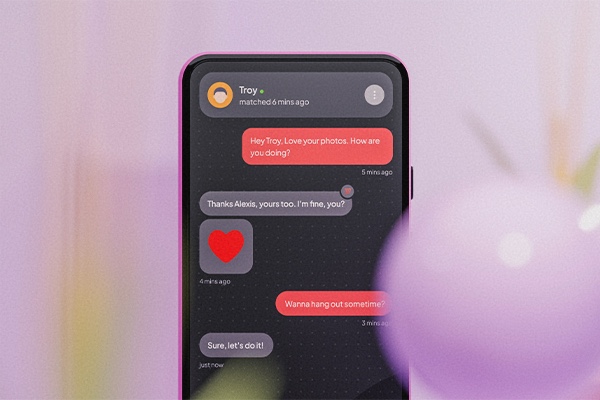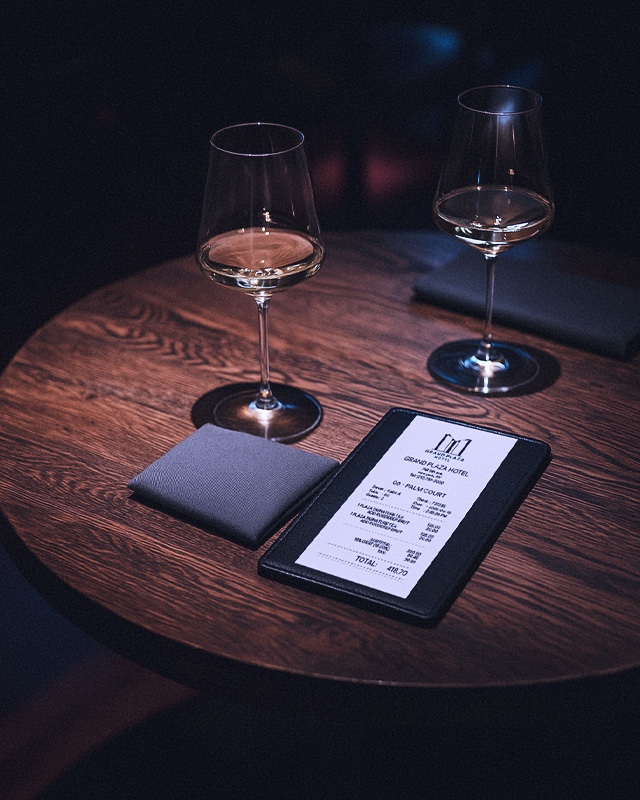Why Text Compatibility Is Just as Important as Physical Attraction
You matched, swiped. And flirted. Now… you wait. Three dots flash on the screen, then vanish. They come back. Only to disappear again. You reread your last message. Was it a little much? Too little? Too soon?
Welcome to the modern love lab, where the litmus test for chemistry isn’t eye contact or banter over drinks—it’s how you text. Nowadays, we thrive on remote everything, and it follows that digital chemistry is no longer optional. It’s fundamental. And when it’s off? No amount of in-person charm can override the subtle friction of mismatched texting styles.
When Conversation Feels Like an Interview
We’ve all been there: a playful message that gets a dry “cool,” or “OK” in return. A thoughtful follow-up and the recipient vanishes for 48 hours. You drop a cute joke, they hit you with an emoji. Not a laughing emoji. Just… any random emoji, and if it landed badly, the dreaded “👍.”
It’s not ghosting or mean. But it’s off. In these moments, it’s important to trust our instincts. Textual chemistry has nothing to do with grammar. Instead, it’s all about rhythm. The way two people volley conversation—how quickly, playfully, and curiously—reveals a willingness to engage and their emotional availability. Mismatched texting feels like playing ping-pong with someone who refuses to hold the paddle.
Texting Is Emotional Pacing
Forget the myth that texting is a shallow form of communication. For most daters, it’s a primary form. What we reveal (or choose not to), how we handle pauses, when we initiate, and how often we follow up—these are all dating micro-signals.
Someone who matches our energy—responds thoughtfully, builds on ideas, flirts without pushing—isn’t just being polite. They’re showing us how they connect. Their style becomes an early compatibility indicator. Anyone who repeatedly goes days without a reply and then expects seamless reconnection is not respecting the tempo. They’re setting terms. It’s less about interest and more about control.
What Makes Text Compatibility Real?
It’s not about texting all day or sending perfect replies. Real compatibility lives in the rhythm beneath the words. Here’s what to look for:
- Responsiveness that feels natural
Not constant pinging or instant replies—but a steady sense of presence. They respond with purpose, not out of obligation. You feel like they want to be there, not that they’re managing you. - Curiosity that builds
They don’t just answer questions—they reflect, ask back, and open new threads. The exchange doesn’t stall. It expands. Interest isn’t assumed—it’s expressed. - Tone that aligns
Whether you’re dry and witty or expressive and emoji-heavy, your styles don’t cancel each other out—they create balance. The emotional energy flows in sync, not in opposition. - Playfulness and timing
Chemistry doesn’t always come from content—it comes from subtext. The teasing, the pauses, the little surprises. It’s not just what they say—it’s how and when they say it.
And maybe most importantly:
- A feeling that you’re being met
You don’t need someone who mirrors you exactly. You need someone who notices you, responds to you, and wants to meet you where you are. That’s what creates flow, not perfection.

The Danger of the “Perfect Texter”
Some people dazzle over text. Witty exchanges, on-point gifs, and flawless punctuation. But not all digital charm translates to more. There’s the risk of getting hooked on a highlights reel. Performance texters often craft their replies for maximum effect, but they often prove to have little spontaneity once they move offline.
Psychologically, what predicts connection isn’t wordplay or wit—it’s being in sync. If a conversation unfolds with mutual rhythm, low friction, and emotional responsiveness, it signals mutual ease. In texting, this is reflected in timing, tone matching, and easy banter. Even average texters build intimacy when they’re present, curious, and consistent. It’s not linguistic flair that creates chemistry—it’s paying attention and being responsive. That’s what tells your nervous system: this is safe, engaging, and, yes, it could be something.
If You Hate How They Text, It’s Not Petty
You’re allowed to have preferences. If their tone feels off, replies feel cold, or their texts create more anxiety than excitement, it matters. This is your day-to-day channel of connection. If it rubs you the wrong way early on, it likely won’t improve with greater proximity.
Texting reveals emotional intelligence. Do they check in, respond with warmth, or build anticipation with curiosity? That’s empathy in action. But if the conversation feels one-sided—like you’re steering every exchange, managing their silence, or overcompensating for their detachment—you’re not connecting, you’re performing. And performance isn’t romance. Presence is.
The Psychology of Digital Affection
We are wired to scan for patterns. Consistency signals safety. That’s why erratic texting feels so emotionally jarring. It’s not just annoying—it triggers deep relational doubt. When someone engages in consistent, enthusiastic, and open-ended texting, it activates trust pathways. Their communication becomes a cue: “I see you, I’m here, and this matters to me.”
That doesn’t mean they need to reply within minutes. It means they know how to maintain a connection without turning it into an obligation. When texting becomes an extension of intimacy, not a substitute for it, chemistry follows.

FirstDate Final Word: How to Build Real Text Chemistry
The good news is that text chemistry can easily develop if the foundation feels mutual. Tone and rhythm aren’t fixed; they improve with emotional awareness and a little practice. Here’s how:
- Mirror the energy (and do not mimic their words)
If they’re sending short, casual messages, don’t reply with an essay. If they use emojis or humor, meet them there, but lightly. If they say, “Long day. Just crashed on the couch lol,” you might reply, “Same. How do you unwind?” It’s aligned, but engaging. - Ask thoughtful, open-ended questions
Go beyond “How was your day?” or “What do you do?” Ask questions that invite details. - Leave room for mystery
Not everything needs a quick reply or a detailed explanation. A little spaciousness can build intrigue. If they ask what you’re doing this weekend, it’s okay to say, “Something fun… I’ll tell you after,” instead of laying out the itinerary. - Treat silence as data, not danger
If someone doesn’t respond right away, don’t spiral. A slow reply might mean they’re busy, not uninterested. Give it time. But, if they often ghost the thread or respond days later with low effort, that’s not a test—it’s a clue.
If texting feels like emotional labor from the start, that’s not a slow burn—it’s a warning sign. You shouldn’t have to chase connection, carry the entire conversation, or decode disinterest. Real chemistry isn’t coaxed into existence. It shows up when someone is present, consistent, and ready to connect.








